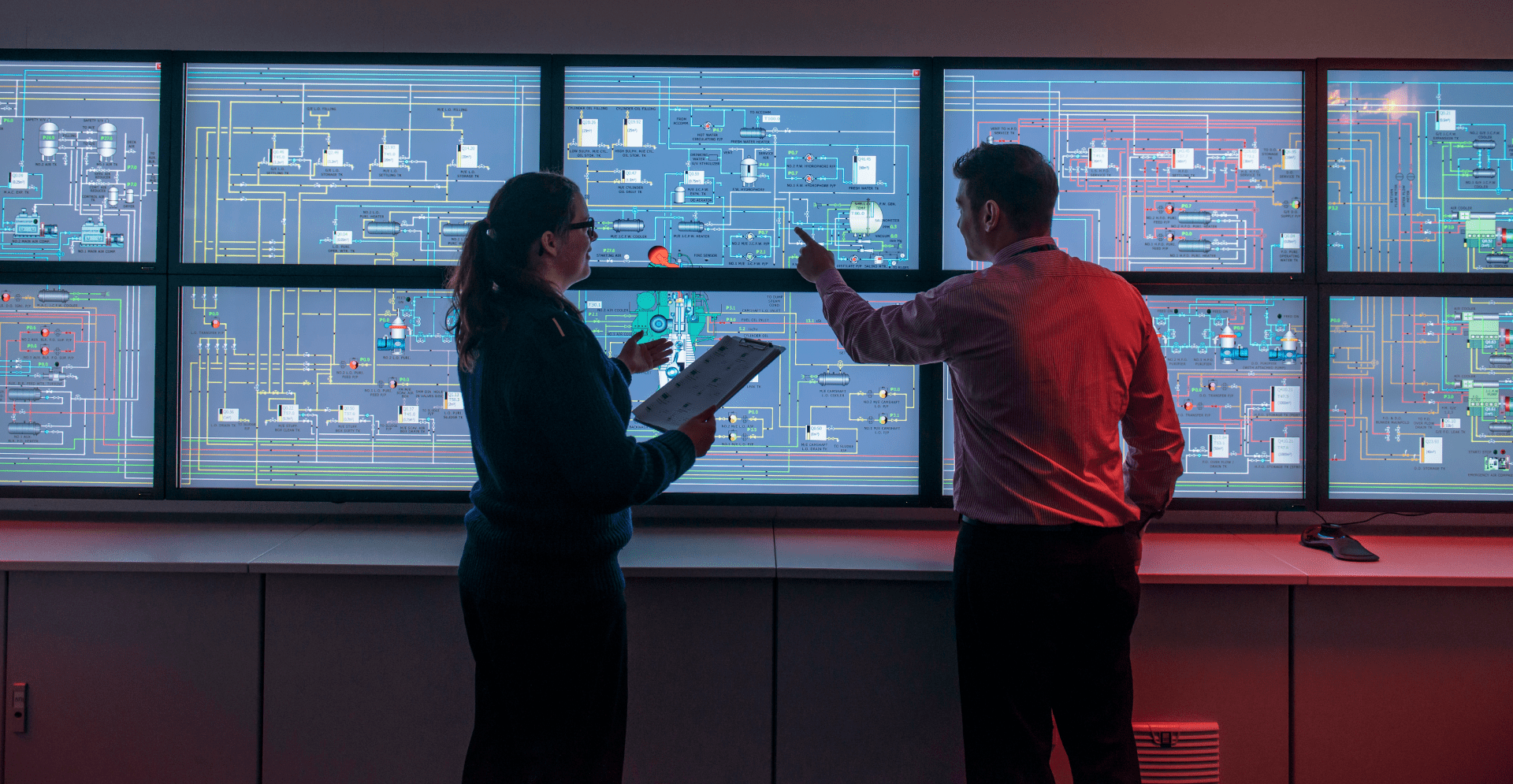Asset owners and governent clients in Australia are maturing quickly in their understanding of the benefits that Digital Twin solutions can provide. There are a few reasons for this; the increased development and deployment of Digital Twin pilot projects, support from industry bodies and standards organisation, and organisations such as the Digital Twin Partnership - allowing all parts of the AEC industry to participate in the movement. These factors have led to a far greater understanding of how we can make better use of our data.
Digital Twins use data models and data connection to help solve a problem. They also include a link to analytics to provide insights that can be used depending on what the use case is. They have the ability to ingest and combine BIM models with environmental data or any other type of data, optimising a large number of scenarios to generate actionable insights, using BIM processes and standards.
For our new design and construct assets, the answer seems to be a Digital Twin solution for the manage and maintain part of the asset lifecycle, but do we know what problem we are trying to solve and when? Additionally, do we have the access to the right amount of quality data, at the right time to help with the solution?
The recent Digital Twin White Paper published by Standards Australia explains the current situation in Australia with Digital Twins. It calls for action for greater leadership, coordination, information sharing and exchange. However, I believe the two most important elements that will help our industry to accelerate, innovate and scale Digital Twin solutions are:
-
Our government clients and/or asset owners need to share how their current Digital Twin programs are progressing and what real world problems they are solving.
-
And we must continually review data requirements to ensure the data that is being created can be used downstream at all stages of the asset lifecycle to inform decision making.
There are many Digital Twin solutions that can be used to solve the problems we face as designers and engineers each day – the right digital solution depends on the individual use case and project requirements. Some of these solutions that we employ on projects for our clients at Arcadis include:

There are many tools available to help understand the architecture and technology requirements to define a Digital Twin framework. Utilising the Digital Twin Capabilities Periodic Table by the Digital Twin Consortium published in March 2022 is a way for organisations to design, develop, deploy, and operate Digital Twins based upon the use case as listed above, versus the features of technology solutions.
Although there are a number of businesses selling applications and software that support the development of the Digital Twin, Arcadis is leading the way when it comes to providing a whole Digital Twin Solution, considering data management, as well as defining problems that our clients have with their assets. Arcadis can help define the use case, advise on data and information management requirements at each stage of the lifecycle and specify the technology solution to consider interoperability and effective workflows, reducing the need to supplicate information unnecessarily. Perhaps the most important next step is user interface – we ensure our stakeholders are able to utilise the Digital Twin platform, extracting the optimal information to deliver the insights they need.
Digital Twin solutions and the surrounding technology is transforming the engineering and construction industry in ways that have never been seen before. Having access to a virtual representation of an asset either before it is built - or for an existing asset, is changing the way the industry operates and opening up a world of possibilities. I’m confident we’ve only just started to scratch the surface of what is possible and this is just the beginning for this powerful tool.






